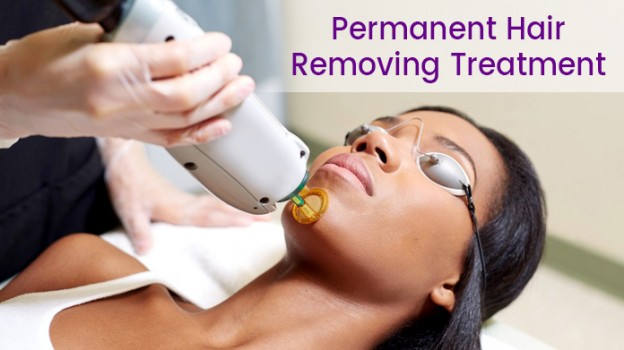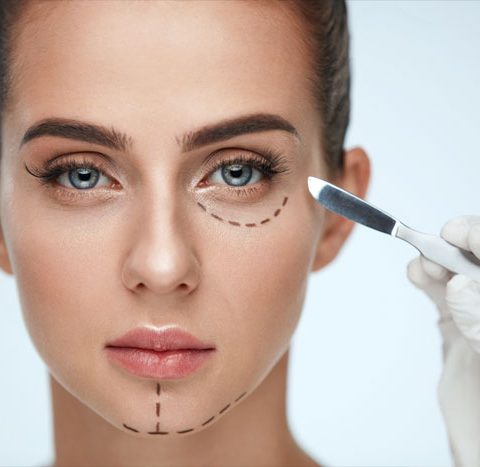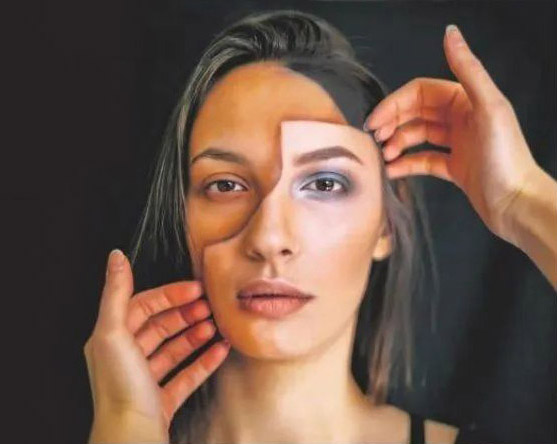A lot of people in the region tend to shiver as the cold months of January and February arrive. This is because they have the tendency to develop the cold pain of chilblain in these months which affects their lifestyle. Exposure to cold water sometimes seems to play a triggering role.
What causes chilblains?
Chilblains occur from the exposure to cold temperatures followed by rapid re-warming. This results due to blood vessel shut-down. They occur several hours after exposure to the cold. Cold causes constriction of the small arteries and veins in the skin and quick or extreme dilation of blood vessels from rapid re-warming causing leakage of fluid from the blood vessels into the surrounding tissues, resulting in the symptoms of chilblains–painful inflammation, swelling and itching, red patches, ulcers or blisters on the affected areas of skin.
Contributing factors
A familial tendency
Peripheral vascular disease due to diabetes, smoking, hyperlipidaemia
Low body weight, or poor nutrition e.g. anorexia nervosa
Hormonal changes. Chilblains can improve during pregnancy
It is very important to rule out connective tissue disease.
Clinically, patients present with recurrent painful, tender, erythematous-violaceous plaques on the distal extremities, especially the fingers and the toes. Pernio usually involves the hands, feet, ears and face in children, the legs and toes in women and the hands and fingers in men. Lesions are more common on the back and sides of the fingers and toes. Other exposed areas, such as the nose, face and ears, may also be affected. Heels, lower legs, fatty lumps, wrists in babies and thighs in horse riders are the other affected sites. Lesions may be accompanied by itching and a burning sensation and may be complicated by blister formation or ulceration. Horse-riding enthusiasts who wear tight clothing in cold weather may develop similar lesions on the thighs.
Stop it
Some people are more likely than others to experience chilblains, including those with poor circulation, high bad cholesterol, low blood pressure or people who are very sensitive to temperature changes. It is of paramount importance for people who are susceptible to chilblains, that when venturing out into cold weather, dress warmly and cover all exposed skin, especially the hands, feet, earlobes and nose that are especially vulnerable to chilblains. Keeping both the affected extremities and the core body dry and warm are essential in preventing pernio. Patients should wear thick socks and shoes. For perniosis of the hands, gloves are recommended. Clothing should be loose- fitting. Feet should always be kept dry as moisture enhances cold injury. Keep your surroundings comfortably warm. After cold exposure, re-warm skin gradually to avoid causing or worsening chilblains as rapid re-warming can be extremely harmful; do not use hot water bottles or sit too close to a heater, fire or other heat source.
Exercise is a good way of minimising chilblains because it keeps the blood pumping around the body, but there are also certain nutritional strategies that can help to improve the circulation. Diet should be rich in such antioxidants as vitamins C, D and E, beta carotene and selenium by eating plenty of fresh fruits (blueberries, kiwi and citrus fruits).
Because nicotine damages the lining of the blood vessels and decreases blood flow, thus further affecting poor circulation or chilblains – so for smokers another reason for giving up the bad habit!




